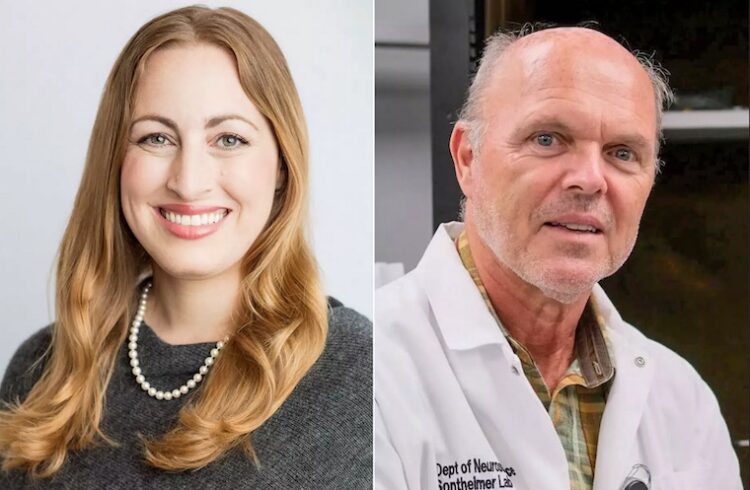
For decades, scientists have been studying nuclear hormone receptors to gain a better understanding of how they turn genes on and off throughout the body and how they function as key drug targets for a number of diseases, such as diabetes, breast cancer, osteoporosis and high cholesterol.
A new UVA Health System study, led by Fraydoon Rastinejad, Ph.D., professor of pharmacology and director of the UVA Center for Molecular Design and published in the October 29 issue of Nature , reveals the first ever complete structure of a nuclear hormone receptor on human DNA – a discovery that now clears a new path for scientists to design more effective drugs with fewer associated health risks.
“Dr. Rastinejad’s findings fundamentally change the way people all over the world will study how nuclear hormone receptors work and introduces a new platform for designing better drugs,” says Jim Garrison, Ph.D., professor of pharmacology at UVA Health System.
Nuclear hormone receptors, including the peroxisome proliferator-activated receptors (PPARs), are proteins that sit on the surface of cells and bind to specific hormones such as estrogen, progesterone and thyroid hormone. Once the receptor binds to its hormone and its DNA regulatory element, it can cause a number of alterations in the cell, switching genes on and off. These switches control the continual regulation of the metabolic system and reproductive tissues, as well as the development and differentiation of skin, bone and behavioral centers in the brain.
“PPARs are widely studied because they regulate the genes that produce fat cells, glucose, insulin, lipids and metabolism,” says Dr. Rastinejad. “That’s what makes them such good drug targets for diseases like diabetes. We can design drugs more rationally to bind to the PPAR nuclear receptor complex to help regulate these functions in the body.”
A number of diabetes drugs, called insulin sensitizers, have been developed based on that knowledge, but now that scientists have a clear view into how these receptors bind and what shape they take the door is wide open for the development of better drugs.
“After 40 years of nuclear receptor research, we finally can view the first full and complete structure of a nuclear receptor, thanks to Dr. Rastinejad’s break-though achievement,” says Bert W. O’Malley, Ph.D., professor and chairman, Department of Molecular and Cellular Biology at Baylor College of Medicine who is widely considered a top expert in the field.


